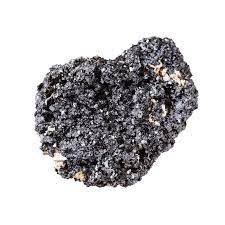





Disclaimer: Copyright infringement not intended.
Context
About
|
PRACTICE QUESTION Consider the following statements in regard to Niobium:
How many of the above statements are correct?
Answer: B |






© 2025 iasgyan. All right reserved